In an old 19th-century photo, dozens of soldiers lie relaxing on a pier in the sun while the rest stand around in a leisurely manner.
Behind them is what appears to be a magnificent palace. However, the reality is nothing remotely close as the grand structure was England’s largest military hospital.
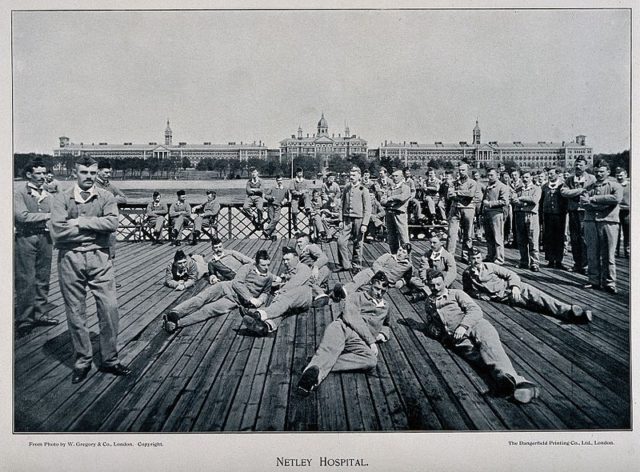
The Royal Victoria Hospital, otherwise known as Netley Hospital, stood nearby to the city of Southampton, England. The building saw many events throughout history, including a world war, an invasion of Europe, another world war, and its own death by demolition.
At the time of the Crimean War, conditions in military hospitals on the peninsula were beyond desperate. The government was accused of “mismanagement of the war” and this prompted the political forces in England to reconsider their military hospitals and the way in which they were run.
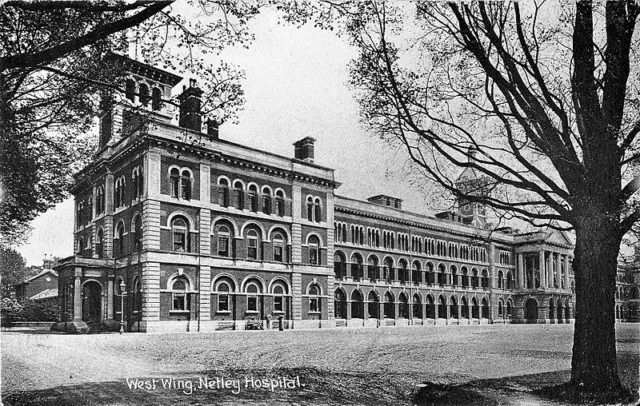
Queen Victoria was the driving force behind this initiative, further backed by Florence Nightingale and the Prime Minister. It was decided that a new hospital should be erected and Netley was found to be the perfect location for it.
The site was proposed by the Scottish surgeon-explorer-zoologist-ethnologist, Andrew Smith. At the same time, a proposal was made for a naval hospital to be erected at Haslar but the proposal was dropped in favor of constructing Netley Hospital.
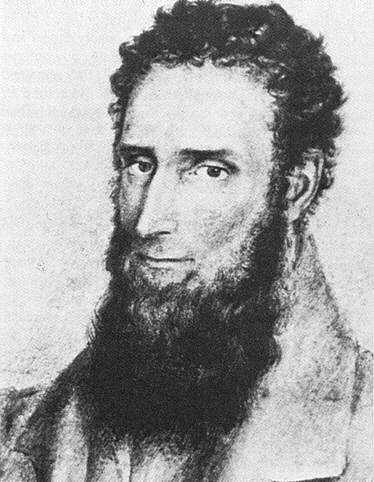
Lord Panmure formed the board in charge of the construction project. The job of the board was to make sure that the wishes of the medical officers were respected during the design process.
109 acres of land was purchased on January 3, 1856. The land belonged to the Chamberlayne family. As the design grew, it became clear that the purchased land was insufficient and so another purchase was made.
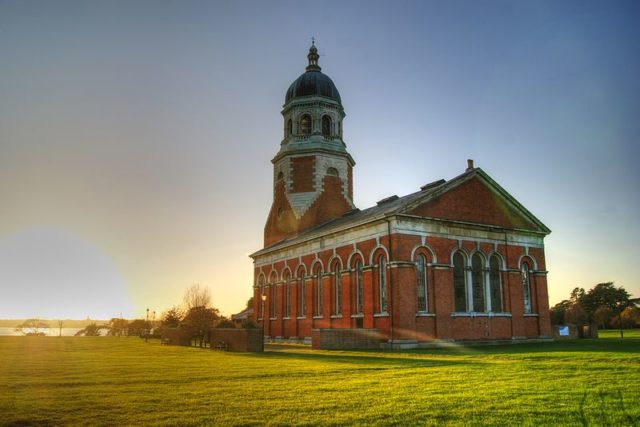
On May 19, 1856, Queen Victoria laid the foundation stone, under which was buried a Victoria Cross and a Crimea Medal. As construction progressed, the design was described as flawed by critics.
But work was already underway and there was no time to change the plan for what was to become England’s biggest building. Stretching over a quarter of a mile, the hospital was opened and on March 11, 1863 it welcomed its first patients.
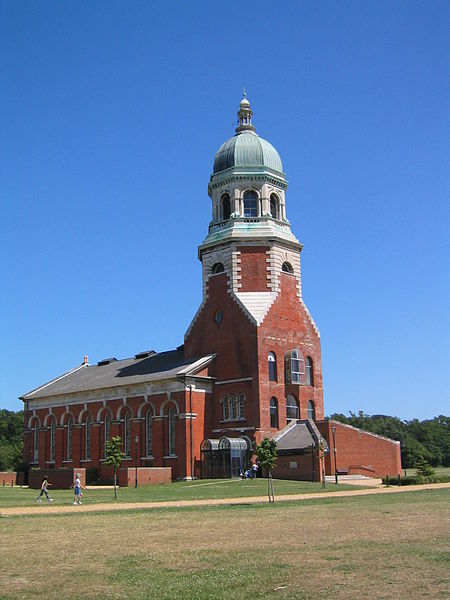
The hospital had a total of 138 wards and 1,000 beds, and cost the British Government around £350,000 ($471,500) – £41 million ($55million) in today’s money. The Guardian dubbed the build as a “sprawling brick behemoth.”
The end of the 18th and the start of the 19th century were marked by the Second Boer War. A huge number of people were injured and brought to Netley.
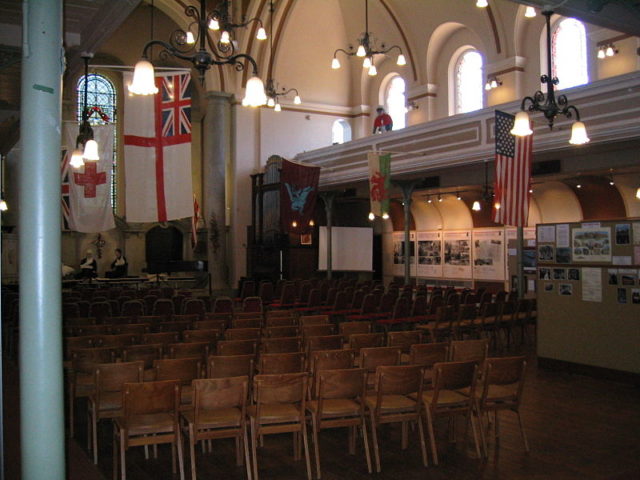
Queen Victoria came to the hospital many times; three times to award Victoria Crosses to patients. The Army Medical School was incorporated into the hospital. The school trained ordinary doctors to become military medics. Conan Doyle makes a mention of Netley Hospital in his novel A Study in Scarlet, stating that Dr. Watson trained at Netley Hospital before meeting Sherlock Holmes.
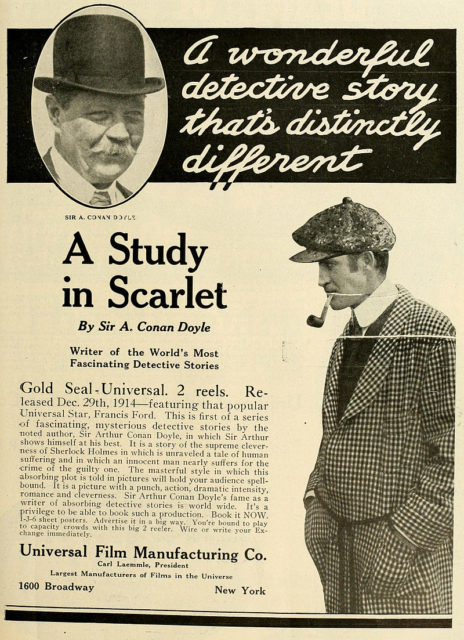
Netley Hospital took care of around 50,000 patients during the First World War, and during the Second World War, 68,000 people were treated.
Once the war was over, the hospital started a period of gentle decline into oblivion. Its colossal size was its downfall. In 1958 the hospital closed its doors and five years later, a huge fire destroyed a big portion of the building.
With no other solution, the hospital was demolished in 1966. Today, only the chapel remains of the 475-yard long building and the rest of the property is open to the general public as Royal Victoria Country Park.
